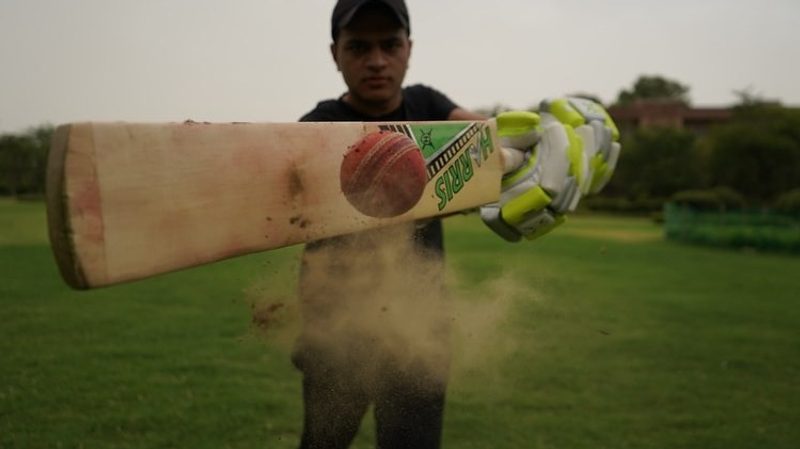
Cricket has been a game of ‘willow on leather’ for ages with the guiding principle of balance between bat and ball always at the forefront.
However, scientists at the University of Cambridge have now developed a prototype bat made from bamboo, which can significantly tilt the scales in favour of batsmen. In what is increasingly a batsman’s game, the bamboo cricket bat promises more punishment for bowlers: it is heavier, stiffer and has a bigger sweet spot compared to bats traditionally made from willow.
How is a bamboo cricket bat manufactured?
Researchers Darshil Shah and Ben Tinkler-Davies, writing in the Journal of Sports Engineering and Technology, revealed that the bat is made from strips of bamboo shoots, which are layered together with a resin adhesive.
Difference between bamboo bats and willow bats
The bamboo cricket bat is 40 per cent heavier and 22 per cent stiffer than willow bats, which means the ball will travel faster and longer off it, especially if it hits the larger sweet spot. “This sweet spot was about 20 mm wide and 40 mm long, significantly larger than on a typical willow bat, and better still, was positioned closer to the toe,” the researchers stated.
That means fuller deliveries, even yorkers, could become easier to hit as the sweet spot has been lowered near the toe-end of the bamboo cricket bat. “This is a batsman’s dream,” Shah told The Times. “The sweet spot on a bamboo bat makes it much easier to hit a four off a yorker for starters.”
What about availability and production?
Bamboo - a fast-growing and giant grass that grows in short but strong bursts - takes about seven years to mature. It can grow from older stumps, unlike a willow tree, which needs around 15 years before it can be cut.
However, just because bamboo has a shorter life-cycle and is more widely available, especially in Asia, does not necessarily make the manufacturing process more environmentally sustainable.
“The whole life cycle of production, including the manufacture of the laminating resins and their disposal, needs to be considered,” Mark Miodownik, a materials scientist, told The Guardian. “Do these resins biodegrade for instance?”
Cricket’s rules for bats
The Marylebone Cricket Club (MCC), the custodian of cricket’s laws, has been cautious in its response. Bats need to be made solely from wood, according to its rules, meaning bats manufactured from bamboo would require regulations to be amended.
“MCC’s role includes maintaining the balance between bat and ball, and any potential amendments to this law would need to carefully take this into consideration, particularly the concept of the bat producing greater power. The Club has worked hard to ensure that bats aren’t too powerful, taking steps in 2008 and 2017 to limit the materials and the size of the bats for this purpose,” the MCC stated.
Photo: Yogendra Singh/Unsplash



















